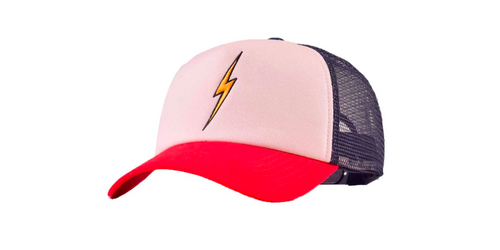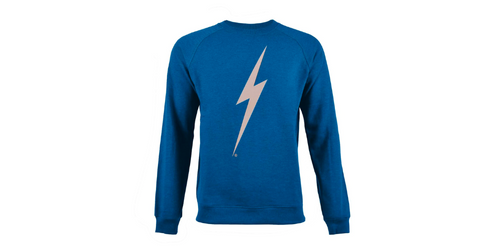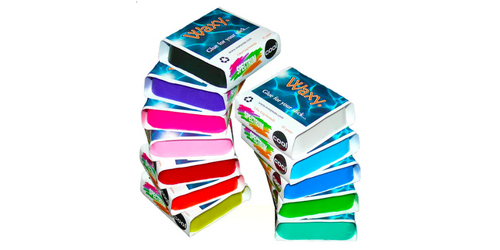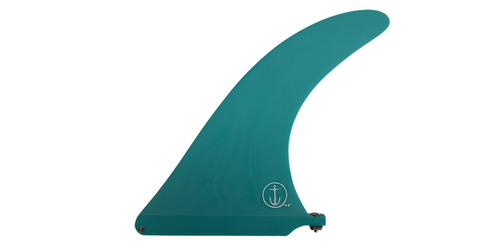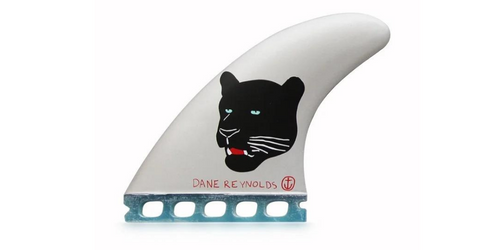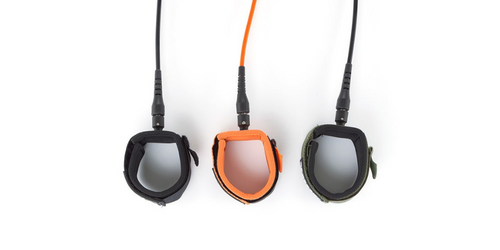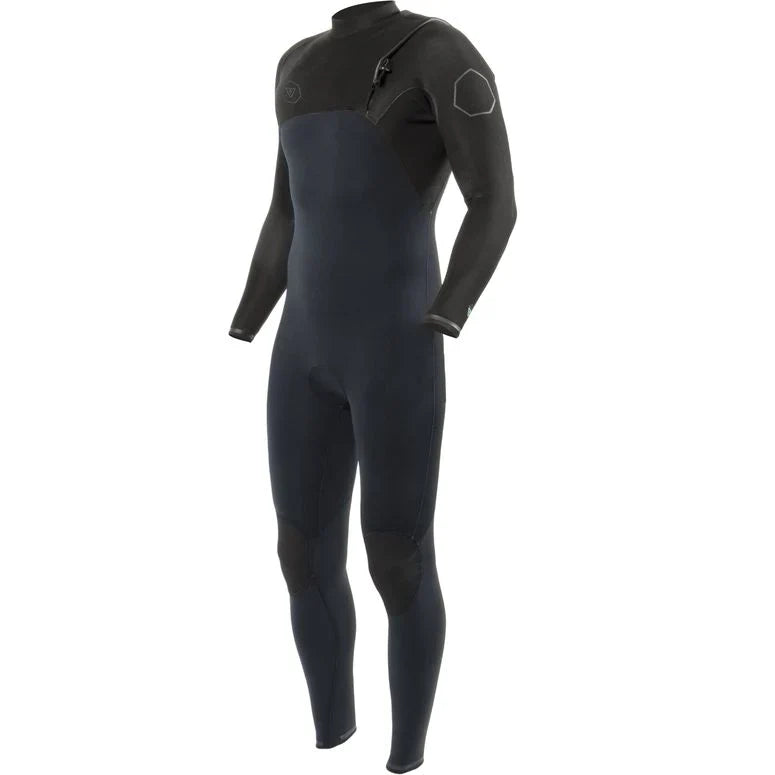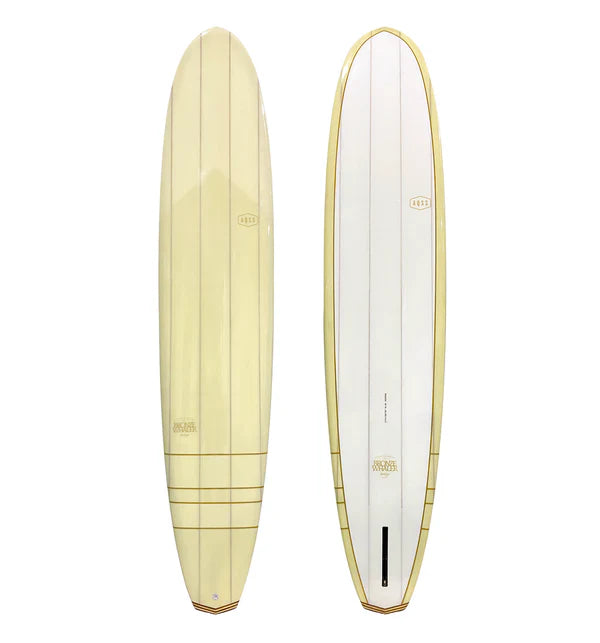Devon's Best Surfing Spots: A Guide for Surfers of All Levels
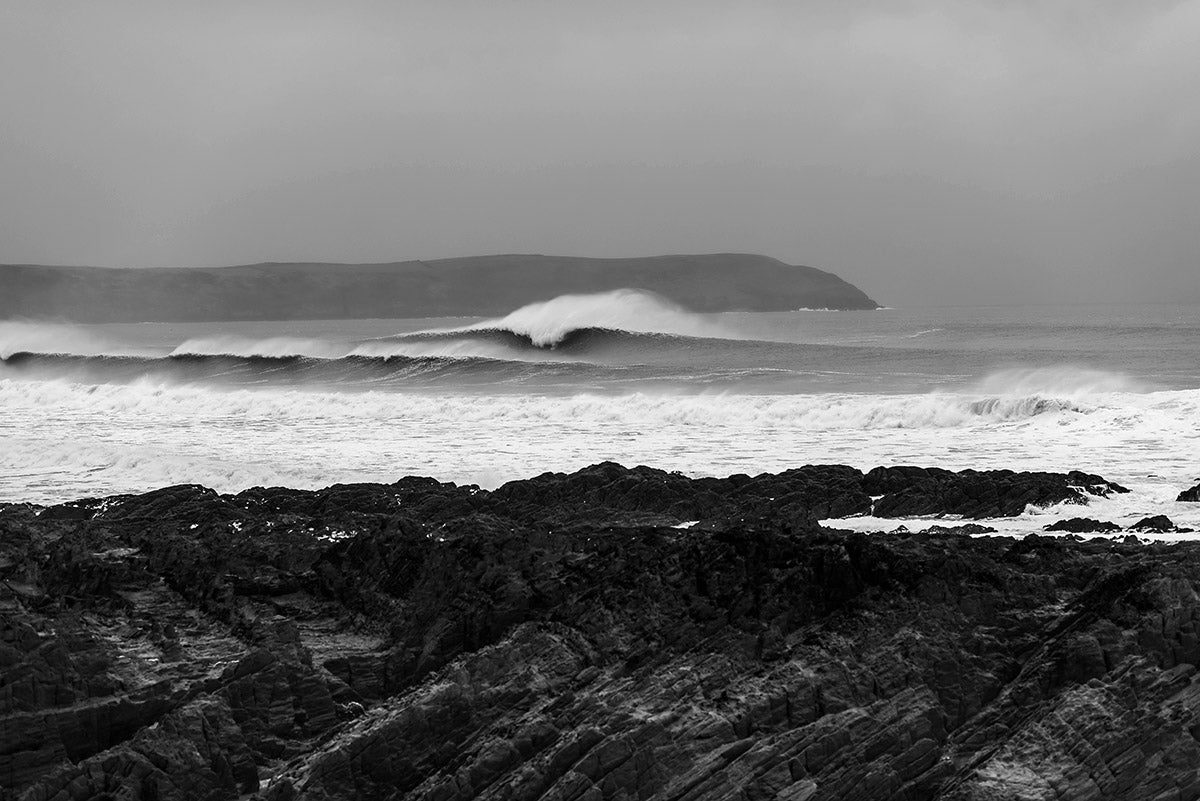
Devon, nestled in the southwest of England, is home to some of the UK’s most celebrated surf spots. Whether you’re a seasoned pro or a beginner looking to catch your first wave, Devon has a surf break for every skill level.
Here’s a guide to some of the top surf spots in the region, including the essential information you need for planning your trip.
1. Croyde
- Location: North Devon, near Braunton.
- Facilities: Croyde Bay is well-equipped for surfers and beachgoers. You'll find multiple parking options near the beach, public toilets, and food vendors offering everything from fish and chips to ice cream. Nearby campsites, like Ruda Holiday Park, are popular among surfers staying for the weekend.
- Surfing Break: Croyde is a beach break, known for its fast, hollow waves, making it a favourite among more experienced surfers.
- Experience Level: Intermediate to advanced. The waves here can get quite powerful, especially during swells.
- Best Tide: It’s best surfed at low to mid tide, when the waves offer the most shape and power.
- Hazards: Watch out for rips, especially during larger swells. The waves break close to shore, which can make wipeouts riskier.
2. Saunton Sands
- Location: Just south of Croyde, Saunton Sands is part of the North Devon coastline.
- Facilities: There’s ample parking near the beach, as well as toilets and a café. The beach is long, so you’ll never feel overcrowded, even on a busy day.
- Surfing Break: This is a beach break with long, mellow waves, perfect for longboarding.
- Experience Level: Beginner to intermediate. Saunton is great for those just starting out or looking for a more relaxed surf session. Its forgiving waves are ideal for long rides.
- Best Tide: Mid to high tide is when Saunton is at its best, with slower waves that are perfect for practising technique.
- Hazards: It’s a generally safe beach, but rip currents can form, especially during strong tides. Always keep an eye on less experienced surfers and swimmers.
3. Bantham Beach
- Location: South Devon, near Kingsbridge.
- Facilities: Bantham Beach offers plenty of parking (though it fills up quickly in the summer), toilets, and a small café for refreshments. For campers, there are nearby sites, though none directly on the beach.
- Surfing Break: A classic beach break, Bantham delivers consistent, fun waves. The breaks are spread across the beach, offering opportunities for surfers of varying skill levels.
- Experience Level: Suitable for beginners to advanced surfers. While novices will enjoy the gentler sections, more advanced surfers can challenge themselves when conditions peak.
- Best Tide: Mid to low tide works best here. At low tide, the waves become faster and punchier.
- Hazards: Strong rips can develop, particularly during larger swells. Keep an eye on shifting sandbanks, as these can affect wave quality and current strength.
4. Putsborough
- Location: North Devon, at the southern end of Woolacombe Bay.
- Facilities: There’s a large car park right at the beach, along with a café and toilets. The quieter atmosphere here makes it a peaceful alternative to some of the busier surf spots.
- Surfing Break: Another beach break, Putsborough offers more sheltered conditions, especially when other nearby beaches like Croyde become blown out.
- Experience Level: Beginner to intermediate. The waves are gentler here, making it a good place for learning or for those who prefer a more laid-back session.
- Best Tide: Mid to high tide tends to produce the cleanest waves at Putsborough.
- Hazards: There aren’t too many hazards here, but as with all surf spots, be aware of rips and strong currents on bigger days.
5. Lynmouth
- Location: North Devon, on the edge of Exmoor National Park.
- Facilities: Lynmouth is a picturesque village with parking available near the seafront. You’ll also find a handful of pubs and cafés, making it a pleasant spot for a post-surf meal. However, there are no toilets or showers directly on the beach.
- Surfing Break: This is a point break, offering long, right-hand waves that can roll for hundreds of metres.
- Experience Level: Intermediate to advanced. Lynmouth’s waves are more challenging due to the rocky seabed and powerful swell. It’s a haven for experienced surfers when the conditions align.
- Best Tide: Lynmouth works best at mid to high tide, as the waves gain shape and length over the reef.
- Hazards: The rocky bottom can be dangerous during wipeouts, and the currents can be strong. Knowledge of the spot is crucial to avoid injury, so it’s worth observing or chatting to locals if it’s your first time surfing here.
6. Bigbury-on-Sea
- Location: South Devon, near the village of Bigbury.
- Facilities: Bigbury-on-Sea offers excellent facilities, including ample parking, public toilets, and a beachfront café. There’s a popular campsite nearby for those looking to extend their stay. The beach also connects to Burgh Island, which you can walk to at low tide.
- Surfing Break: A beach break with consistent waves. Bigbury is ideal for surfers of all abilities thanks to its varied conditions across the beach.
- Experience Level: Beginner to intermediate. The beach's gentle gradient makes it suitable for learners, but during larger swells, intermediates can find it a bit more of a challenge.
- Best Tide: Mid to high tide is usually best for surf here, although it can work at low tide too.
- Hazards: Be cautious of the strong rip currents, especially around Burgh Island. It’s wise to check the tide times if you’re planning to walk to the island and back, as the causeway gets cut off at high tide.
7. Hope Cove
- Location: Situated in South Devon, close to the town of Salcombe.
- Facilities: Hope Cove has good parking options, a nearby pub, and a small café. The village itself is scenic, and there are holiday cottages nearby if you’re planning a longer stay.
- Surfing Break: A small reef break that works during the right conditions. It’s sheltered from strong winds, making it a good spot when other South Devon beaches are blown out.
- Experience Level: Intermediate to advanced. Hope Cove is a more challenging spot due to the reef and often requires good timing to get the best surf.
- Best Tide: Mid tide is usually the best time to catch waves here, offering more shape and consistency.
- Hazards: The main hazard is the rocky reef. Make sure to time your surf properly and take care if the tide is low, as the reef can be shallow and dangerous.
Final thoughts
Devon is a surfer’s paradise with its wide range of surf spots catering to every ability. Whether you’re looking for powerful, barrelling waves or a more relaxed session on long, rolling breaks, you’ll find it along this stunning coastline. Remember to check the tide times, watch out for hazards, and respect the ocean—and you’ll have an epic surf session at any of these locations. Happy surfing!
Main image: Gordon Dryburgh/Wavelength
-
Posted in
Helpful Surfing Info, Surf Travel







